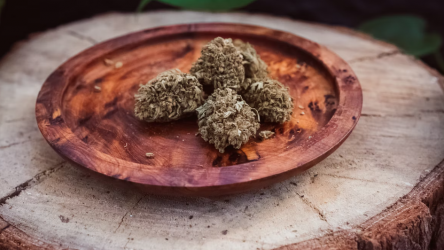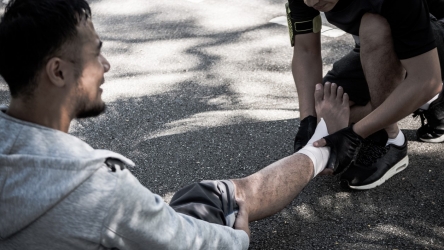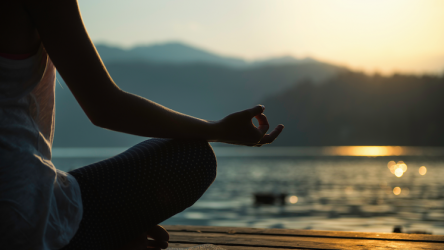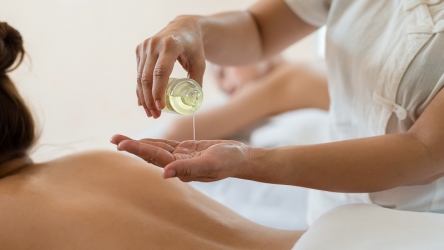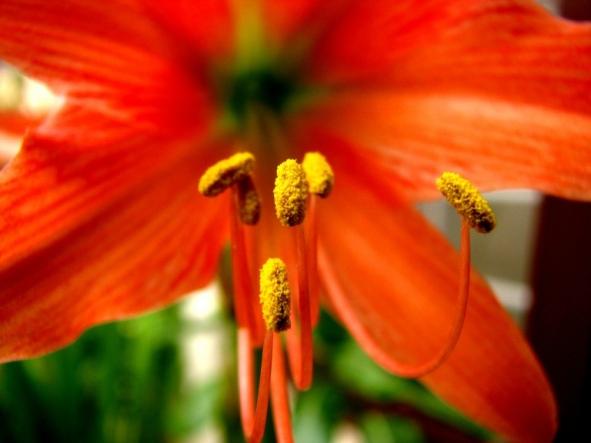
$7.9 billion dollars can be accredited to allergy costs for both businesses and the health care system says WebMD. Currently 1 in 5 Americans suffer from an allergy or asthma; and 55% of American test positive for at least one or more allergens. With the potential for less working capacity and general unhappiness, allergy mitigation only takes a couple of steps and can make you much happier in the long run.

A few very easy steps to reduce allergy symptoms can be conducted with just minutes of your time.
Steps to quickly reduce allergens:
#1 Leave shoes at the door –
if you bring your shoes inside you have the potential to track allergens indoors, which will continually cause discomfort. Pets can also be a culprit so wipe down their paws and fur before they come indoors.
#2 Wash your hair –
during the day pollen continually floats around in the wind and falls from plant life. By washing off before bed, pollen can’t collect on your pillow and cause sleep quality loss.
#3 Close up your living area –
windows and open doors allow anything to come into your house by way of wind; open up your space on low pollen days.
#4 Recirculate your car air conditioning –
by doing so, no new allergens are brought into the car; you also have more freedom to adjust temperatures. If you really feel the need to open the sun roof or windows, choose days with a lower pollen count.
#5 Service your home filters / purifiers –
done according to the manufacturers recommendations or more often, clean filters trap allergens more easily. Home purifiers can easily be placed in rooms with more traffic and are often easy to clean. Make sure either the AC filter or your home purifier filter is clean to create a labor free environment (your units will continue to clean even after your done) for allergen cleansing even while asleep.
#6 Humidity –
a culprit of spores and mold allergies. To reduce mold and spores, keep humidity below 50% because at this level mold cannot readily reproduce. Humidity gauges can be purchased online or at stores like Lowes and Home Depot. If your residence is too humid, a dehumidifier can be placed on the main living level of your home.
#7 Check the pollen count –
if you are planning a day outside or have an event to attend, reschedule if possible. You can sign up at http://www.aaaai.org/global/nab-pollen-counts.aspx. to get daily details on pollen and mold levels. Pollen is carried by wind and moderate temperatures coupled with low humidity helps to encourage movement.
#8 Control your environment –
something anyone can take steps to complete. If mowing the yard causes you discomfort for hours later, see if someone else can be hired to cut the grass. If you know of certain plants and life that helps mitigate or that causes more allergens, take more steps to reduce or increase certain factors. Dry clothes inside so they don’t retain outdoor pollen and take steps to avoid the worst scenarios for pollen.
A few other natural ways to reduce pollen that take a little more time are to:
#1 Neti Pot
This small pot helps to flush out allergens and loosen up mucus membranes. Pour a solution of distilled or boiled water (tap can bring dangerous organisms into your nose) mixed with salt into one nostril and let it come out the other. Repeat the process for both sides.
#2 Saline spray
For a quick on the go solution to allergies, pick up an over the counter or prescription saline spray. These can be purchased at any drug store and are easily transportable. Pull out the small bottle and inject into each nostril in times of need.
#3 Local honey
One of my favorite remedies (because you get to eat something tasty), honey combines all of the pollens and allergens from your area. Look to buy local because as bees make the honey, they fly from a wide range of flower blossoms (which cause allergens) and bring back the pollen to make honey. Although there is not a lot of research to back this, many view it as a sort of flu shot; eventually your body becomes more and more used to the allergens in your area as you consume them through honey.
#4 HEPA filters and home purifiers
High-efficiency particulate air filters help collect more allergens (as compared to other filters) as they circulate through your air system. These filters are manufactured for both big and portable filters. They help reduce not only pollen and mold transference, but also reduce allergens such as dander, pet hair, and dust. Put a HEPA filter in your AC unit and a smaller one in your portable home purifier (in the bedroom or main living area) and you should notice a difference in air / allergen quality.
Conclusion
Next time your allergies are bad, try a couple of these quick steps and maybe incorporate a few into your daily life. A lot of steps take hardly any time at all and doing them can help make quality of life and breathing much better. Simple things like buying and changing home purifiers and leaving shoes outside can drastically clear up problems.
Featured images:
License: Creative Commons image source
This post was written by Josh McCarthy, professional blog writer for AirCleaners.com. Josh has resourceful nature and diverse interests which make him an asset to their team.



